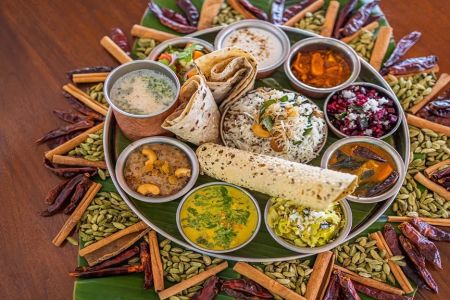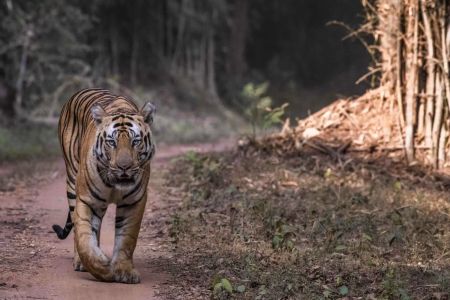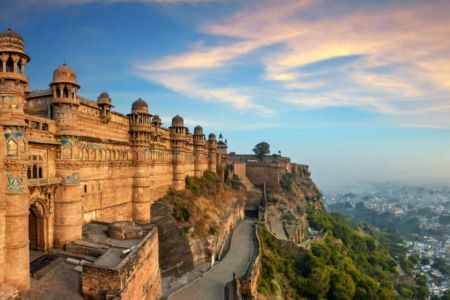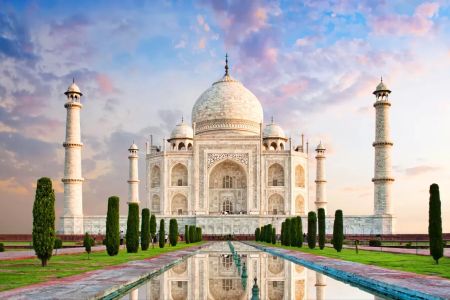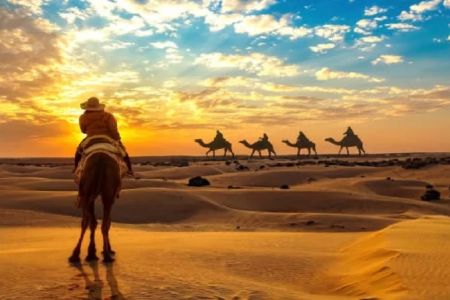- 1 - Understanding India’s Diverse Trekking Seasons
- 2 - Optimal Months for Trekking in Popular Regions
- 3 - How Weather Impacts the Trekking Experience
- 4 - Real Traveler Experiences from Indian Treks
- 5 - Planning Your Trekking Trip with Weather in Mind
- 6 - Expert Tips for a Successful Trekking Adventure
1. Understanding India’s Diverse Trekking Seasons
India’s vast and varied geography creates an equally diverse trekking calendar. From the snow-capped peaks of the Himalayas in the north to the lush Western Ghats in the south, the ideal trekking season depends heavily on the region you plan to explore. Understanding these regional climatic variations is key to selecting the best time to visit India for trekking.
The northern Himalayan regions experience long winters with heavy snowfall from November to March, making trekking challenging. The best months here usually fall in the spring (April to June) and autumn (September to November), when the weather is stable and views are spectacular.
In contrast, the southern and central trekking destinations are more accessible during the cooler months, typically between November and February, avoiding the intense summer heat and monsoon rains.
2. Optimal Months for Trekking in Popular Regions
Popular trekking areas such as Ladakh, Himachal Pradesh, Uttarakhand, and Sikkim each have distinct trekking seasons:
- Ladakh: June to September is ideal, offering clear skies and moderate temperatures.
- Himachal Pradesh: May to October avoids snow and harsh winter conditions.
- Uttarakhand: March to June and September to November are the best times, balancing weather and trail accessibility.
- Sikkim: April to June and September to December provide pleasant weather and lush landscapes.
Monsoon season, from June to September, generally deters trekking in many regions due to heavy rainfall and slippery trails, though some southern regions may still be accessible.
3. How Weather Impacts the Trekking Experience
Weather plays a critical role in safety and enjoyment during trekking. Harsh winters can bring snowstorms and avalanche risks, while the monsoon’s heavy rains often cause landslides and trail closures. In contrast, spring and autumn provide mild temperatures, stable weather, and vibrant natural scenery, including blooming rhododendrons and golden autumn foliage.
Choosing the right season not only ensures safer trekking but also maximizes the visual and cultural experiences. For example, during autumn treks, travelers can witness colorful festivals in local villages, enriching the journey beyond the physical challenge.
4. Real Traveler Experiences from Indian Treks
Sarah, an avid trekker from the UK, recounts her trip to the Valley of Flowers in Uttarakhand during the early autumn. “The weather was perfect, and the trail was alive with vibrant flowers. The cool evenings and warm days made the trek challenging yet exhilarating,” she says. Her experience highlights how timing can transform a trek into a breathtaking adventure.
Meanwhile, Mark’s Himalayan trek in late spring introduced him to clear skies and the majestic sight of snow-dusted peaks. “I was fortunate to avoid the monsoon, which can be unpredictable. The dry weather allowed us to explore remote villages and enjoy uninterrupted mountain vistas,” he explains.
5. Planning Your Trekking Trip with Weather in Mind
Effective planning means aligning your itinerary with the best seasons and preparing for the climate challenges. Researching local weather patterns, altitude acclimatization, and trail conditions helps mitigate risks.
Booking guided tours or trekking packages through reputable providers like Travel India One ensures you receive expert support tailored to the optimal trekking seasons. These providers offer insights on gear, permits, and health precautions specific to each region and time of year.
6. Expert Tips for a Successful Trekking Adventure
Experts recommend layering clothing, carrying adequate hydration, and maintaining physical fitness prior to trekking. Monitoring weather forecasts and preparing for sudden changes are vital for safety.
Furthermore, respecting local customs and natural environments enriches the trekking experience. Sustainable travel practices preserve the beauty of trekking destinations for future adventurers.
Ready to explore India’s incredible trekking routes at the perfect time? Visit Travel India One for curated trekking packages, expert advice, and all the resources you need to plan your dream adventure.



